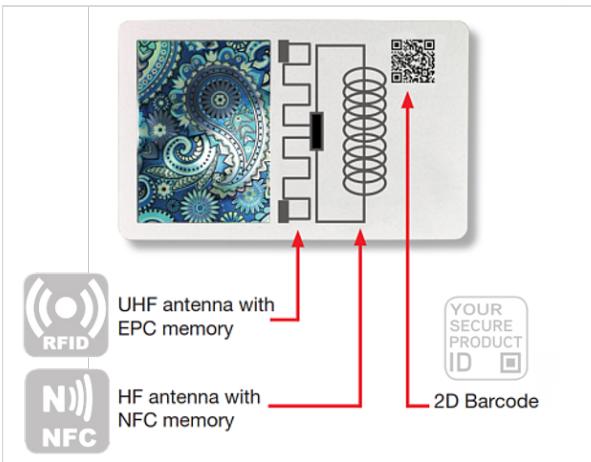2.2 Supply Chain Security Solutions to address the risk scenarios
Step 6 – Distortion of competition.
If the supply chain is secured through the use of this multilayer technology solution, criminals may find it more difficult to implement their criminal plan and distort competition. This can be seen as a by-product of the implementation of the technology.
Scenario 3: E-commerce: criminal infiltration of online supermarket chains for home delivery of fake food Step 1 – Control of legitimate e-operators. Step 2 – Selling fraudulent food as genuine through the controlled e-supermarkets.
Through the creation of a strong ID for the product through its biometric properties and the control of its movements. However, since in many cases the product is directly sold to the final consumer avoiding any other intermediary passages, consumers may also have a role to play in this case.
Step 3 – Expansion of e-commerce market through the creation of a Super E-food app. Step 4 – Creation of dedicated social network groups/pages to sell fraudulent products to final customers.
2.2.5 Innovative marking methods and satellite integration Technology submission 5 Multilayer security linked to the use of blockchain is also a key element in a different submission received. The proposed technology solution comprises a blockchain with a bridge-database, combined with accurate time and position data from satellite navigation, and an option to digitally encrypt data from a product-level food signature at origin to verify against printed packaging codes, using cryptographic keys. The blockchain can be public or private, or a combination of both, depending on the user groups involved. A trusted computing platform is used to secure interfacing to the internal systems of manufacturers. The different processes offered by this technology solution can be divided into: 1) Product fingerprint: The unique identification of the product (characteristics or chemical fingerprint) is obtained and linked to the traceability system. It can be read by using a smartphone or through a fast μ-level-3D scan if the digital fingerprint is on the product. At its current stage, the use of a chemical fingerprint is a proposal that can be adopted in this technology option if a partnership is created with other providers that have developed the technology or if it will later be developed by the company. 2) Primary packaging: The initial digital fingerprint is linked to the primary packaging using cryptography to create a code. This code is verifiable by scanning it with a smartphone. 3) Further package: If the product needs further packaging, the process can be repeated. The code on the new package is linked to the other different codes used, starting with the product-linked code. All barcodes are uploaded to the blockchain. 4) Blockchain tracking: Blockchain is used to protect the product fingerprint and the rest of the cryptographically secured codes that were used for packaging. The data is logged in a “bridge-database”
48











